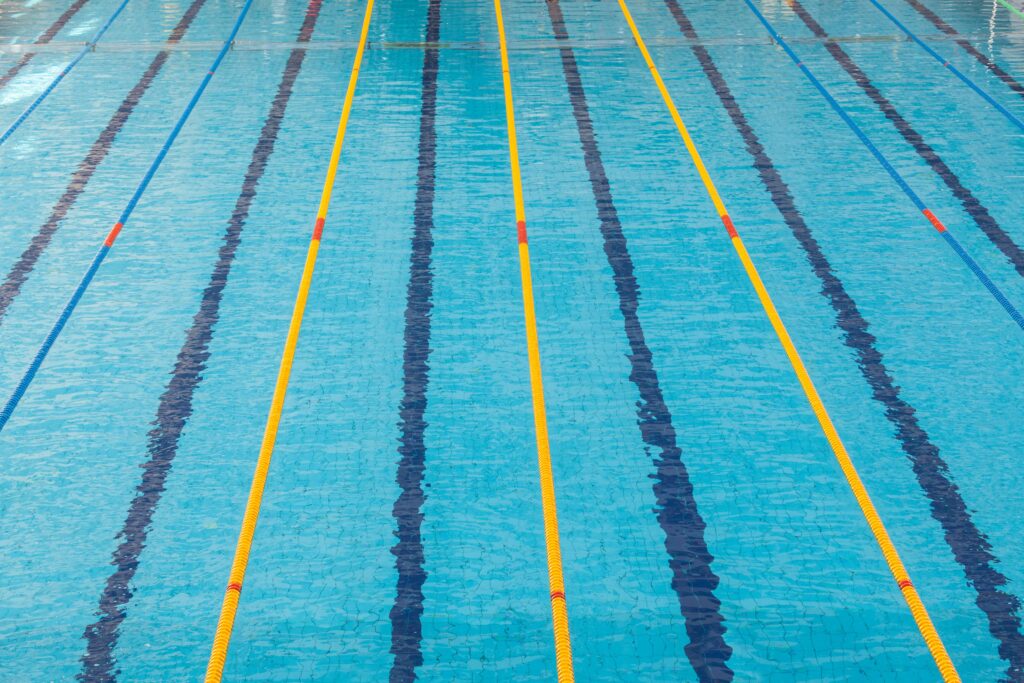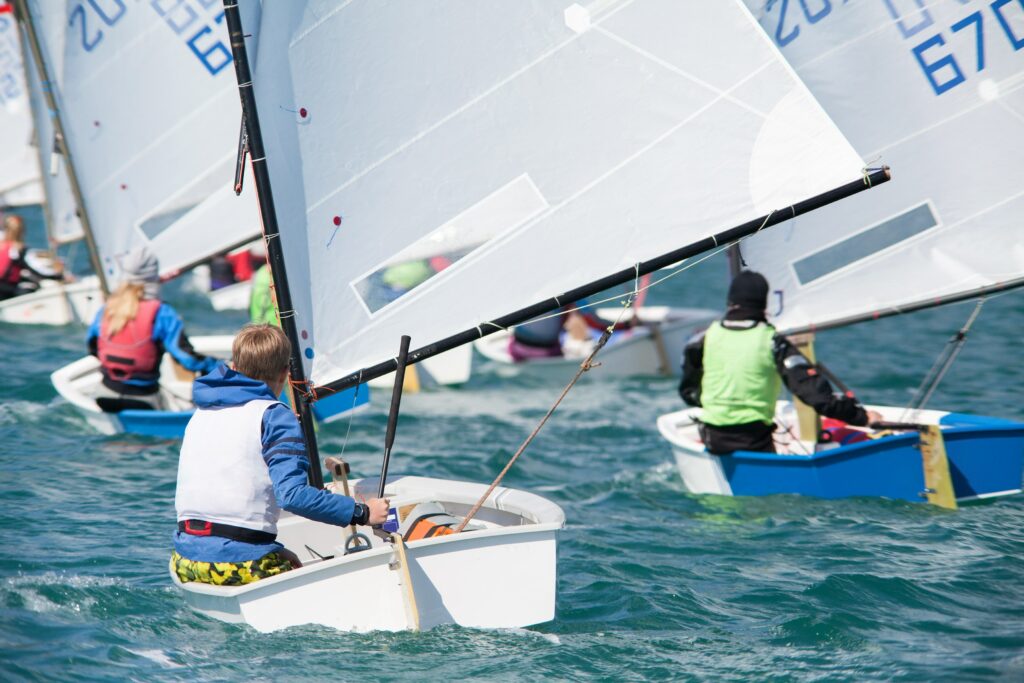Pandemic Silver Linings in Canadian Sport

This article is the second in a special series that explores how Canadian sport leaders are adapting and innovating to safeguard the wellbeing of athletes preparing for the Tokyo Olympic and Paralympic Games and other Major Games during a global pandemic. Read the first article here. The challenges facing Canada’s top summer athletes have never…
International Anti-Corruption Day
The manipulation of sporting competitions by organized syndicates threatens the integrity of sport. With large profits to be made and a limited risk of detection, competition manipulation has become attractive to criminals. Addressing match-fixing and other crimes in sport requires national and international cooperation between sport, public authorities, betting regulators, the gambling industry and law…
Social responsibility of CSOs
Giving Tuesday is a global movement for giving and volunteering, harnessing the potential of social media and the generosity of people to bring about real change in their communities. Research on the social responsibility activities of community sport organizations (CSOs) discovered members who are aware of the good things their CSO does beyond their sport…
Navigating COVID-19: A Community Sport Perspective

In the winter of 2020, the Rocky Point Sailing Association (RPSA) in Port Moody, BC was preparing for the upcoming season. RPSA is primarily run by volunteers and employs ten seasonal full-time staff who deliver long-term athlete development (LTAD) programming to more than 600 participants annually. When the COVID-19 pandemic was announced, summer programs were…
Leadership Learning Strategies
Being the most skilled athlete or possessing the most experience in a group does not make us good at leadership – we need to learn it. In the latest SIRCuit, Cari Din, leadership learning facilitator and teaching faculty member at the University of Calgary, shares her top four leadership learning strategies.
Experts in the House – Q&A with Jill Sadler on Storytelling

The sport landscape is full of great stories. Those working in the field have a unique opportunity to bring those stories to life and tell them in a way that’s compelling and thoughtful. In SIRC’s October 14 Experts in the House webinar, Storytelling in sport: Why it Matters, and How to Master it, Jill Sadler…
Return to Play Communications
“Know before you go” is a mantra driving organizations’ return to play communication, ensuring participants know what to expect, are familiar with protocols, and feel confident that health and safety is the #1 priority. Learn about this and other key factors in successful return to play plans.
“Work smart”
Wondering how you can help your team “work smart” (being productive, not just busy) during this time of video and conference call overload? Learn how to use an intentional approach to managing internal communication in the SIRC blog.
Physically Distanced Leadership
Transformational leadership is a relational process through which leaders develop others and their performance through inspiration and empowerment. In the latest edition of the Canadian Journal for Women in Coaching, the University of Calgary’s Cari Din shares how she is integrating transformational behaviours into her online leadership, including individualized consideration, idealized influence, inspirational motivation, and…
Match Manipulation
Match manipulation is a deliberate and coordinated effort to influence elements of a sporting contest – from the outcome of the game, as well as elements within it (coin toss, first team to score, point spread, etc.). What better way to stack the odds in your favour when there are potentially thousands of dollars –…